
A Green Romance: How to love the Planet this Valentine’s Day
February is the month of love for many people. But for the planet? Not so much.
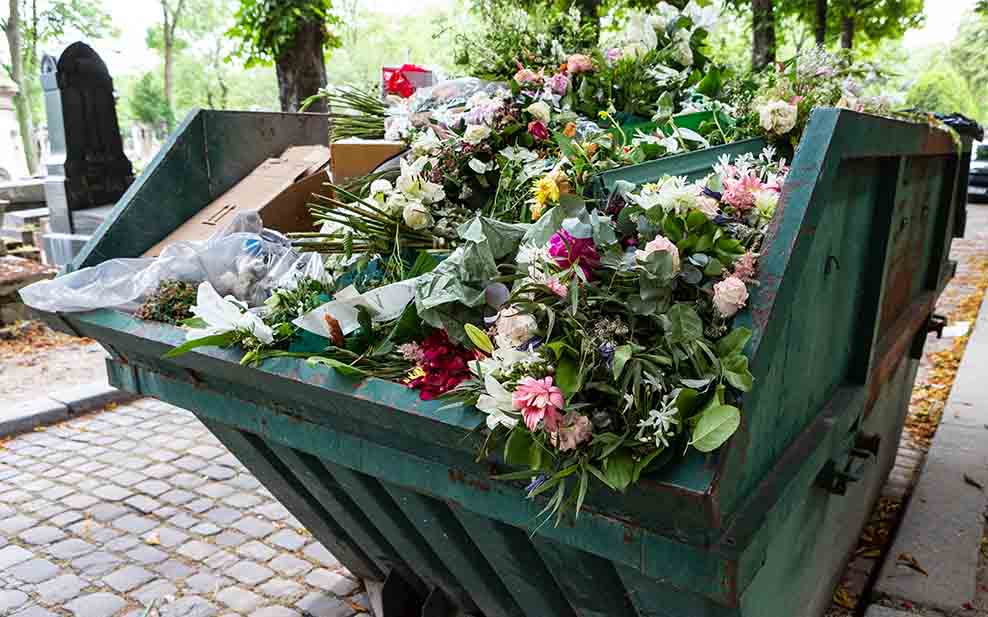
Like all highly commodified holidays, Valentine’s Day ironically does a lot of harm to the environment thanks to the staggering amount of waste generated within as little as a day afterwards. In the USA, this amounts to 36 million heart-shaped boxes, 180 million greeting cards and 198 million roses. Delivering these Valentine’s gifts alone produces more carbon emissions than driving around the world 3,993 times. Factor in the environmental costs of making them too, and suddenly the so-called Day of Love seems a lot less romantic.
It is possible to have an eco-friendly Valentine’s Day. But as with making anything eco-friendly, it takes some understanding of the basic facts and possible options, as well as a good dose of innovation to act on those options for the planet-loving holiday you want.
WELL, here are 5 changes you can make to your Valentine’s Day to help treat the planet with love.
Buy Local Flowers

Flowers are the last thing most people would associate with environmental harm. But in fact, those beautifully arranged bouquets in the florists have an impact that is perhaps no greater than around Valentine’s Day. In the lead-up to the holiday, international flower imports from Colombia and Ecuador –the second and third largest cut flower exporters– spike dramatically. During delivery in the consumer countries, the flowers need to be kept in refrigerated trucks to prevent wilting, which burn more fuel than a regular vehicle would. Collectively, this gives Valentine’s flowers a greatly outsized carbon footprint.
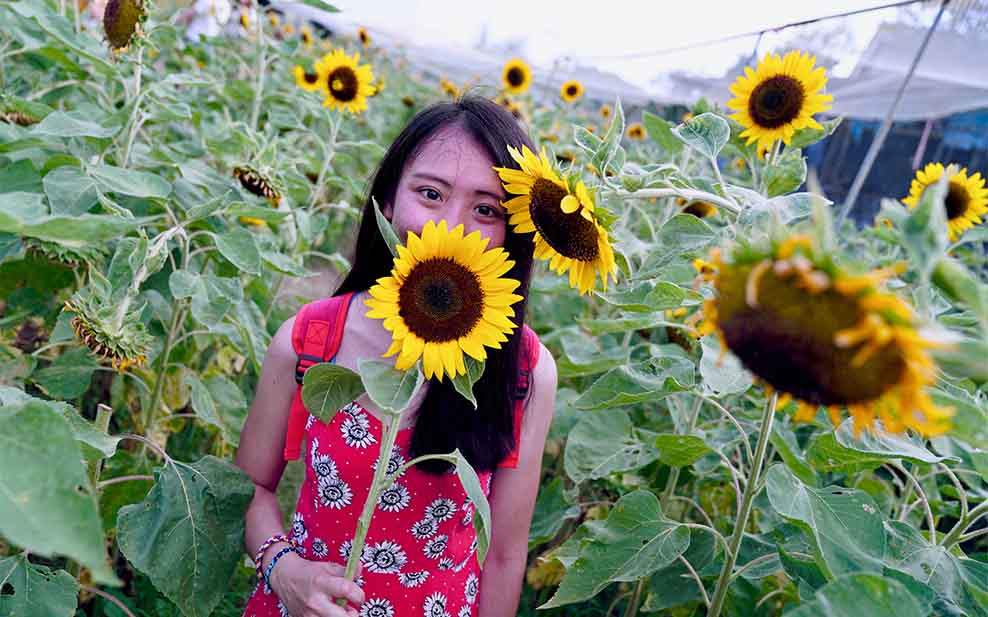
If you want a low-carbon bouquet, aim to buy local, sourcing from florists or suppliers that grow flowers within the country of sale. Better still, if you can buy seeds from them, consider growing your own flowers to show your loved one just how much you’re willing to do to make their Valentine’s special. For flowers grown locally in Hong Kong, check out The Clover Nursery in Shouson Hill.
Potted Plant Present
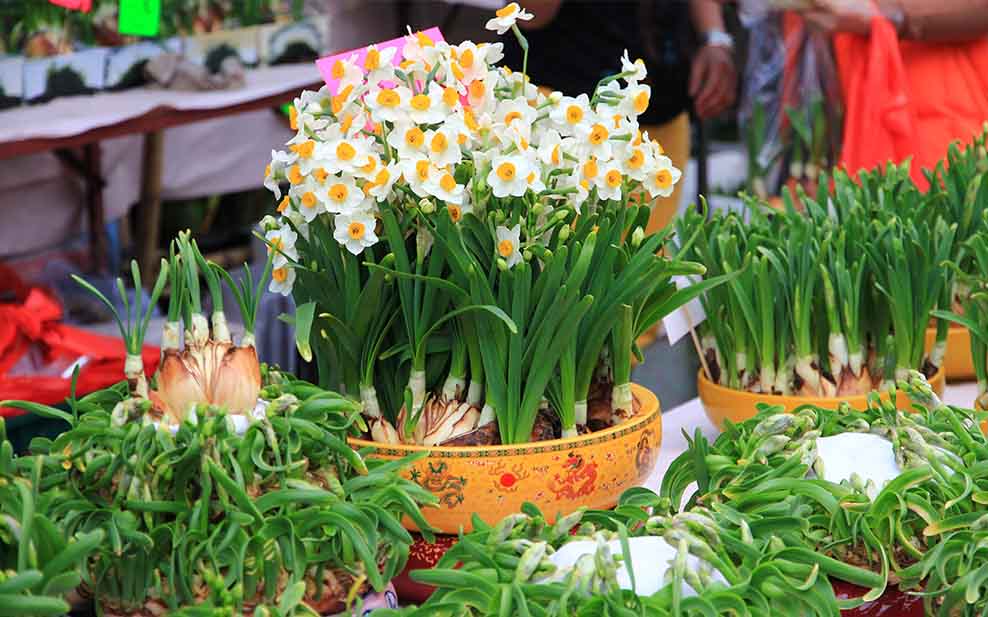
Of course, even if you do buy locally grown cut flowers, you’ll still have to throw them out when they start to wilt. If you want to gift something that (with an appropriate amount of care and attention) will last longer than a week at most, consider swapping the vase of cut flowers for a potted plant.
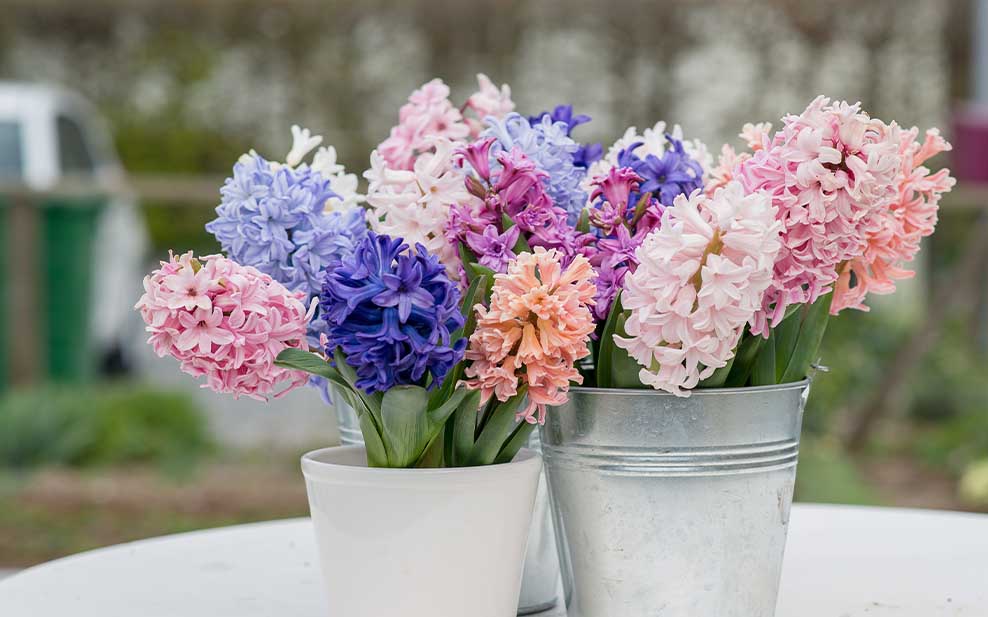
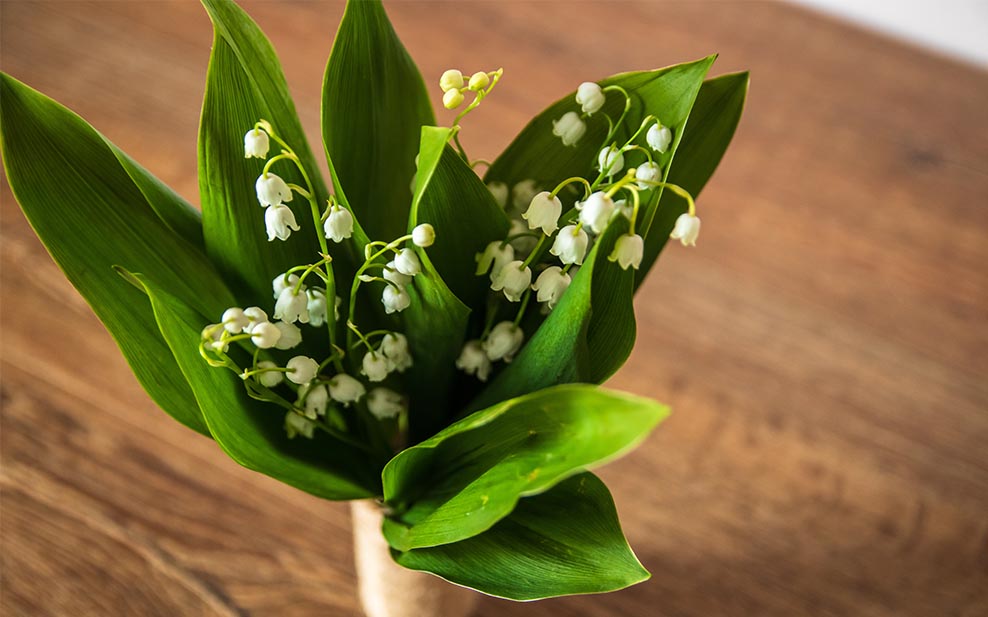
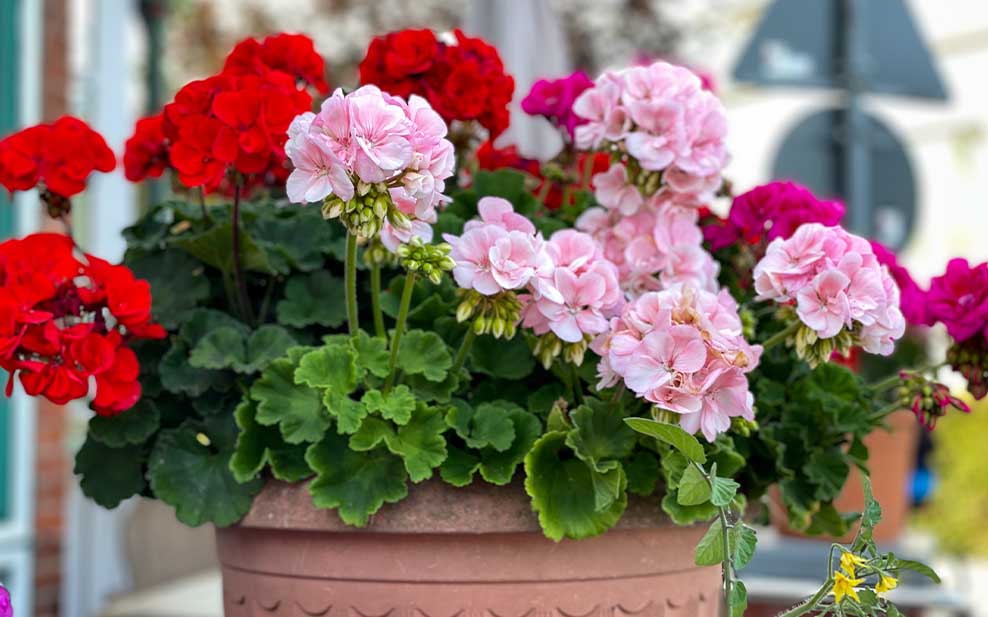
As for the specific type of potted plant you get, that depends on what you and your loved one want out of it. If you’re after something resplendent and sweet smelling, consider a common hyacinth or a lily-of-the-valley. On the other hand, if you want something relatively low maintenance, a geranium might be more up your street. Be aware that some potted plants are toxic to pets, so be sure to do you research and keep any such plants well out of your cat or dog’s reach.
Change your Chocolate
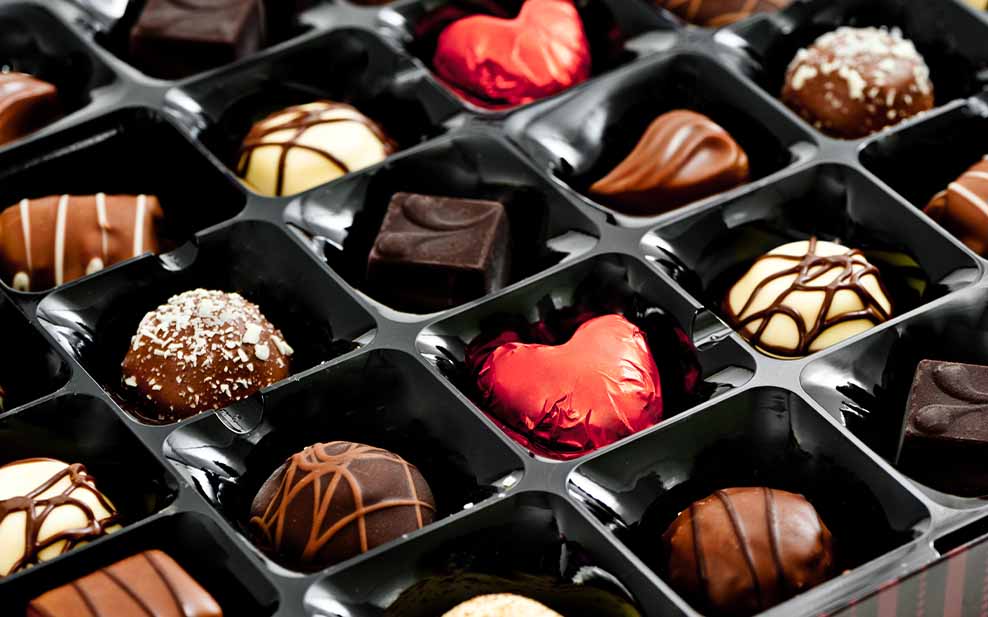

It just wouldn’t be Valentine’s Day without chocolate. But it’s likely that neither you nor your loved one would be comfortable with the fact that 70% of the cocoa used in the mainstream chocolate industry is produced by razing the rainforests of West Africa to the ground for plantations. Or with the fact that this has pushed entire populations of the critically endangered African forest elephant to the brink of extinction. And then there’s all the plastic packaging.

Fortunately, there are ways you can still gift your favourite Valentine’s confectionary without destroying an entire ecosystem. The NGO, Mighty Earth, recently published a guide on chocolate companies’ environmental standards, helpfully highlighting which ones are doing better at eliminating deforestation from their cocoa supply chains. Additionally, the Hong Kong-based company, Cacao: Guilt-Free Luxury Chocolates (Disclaimer: my family’s business) offers deforestation-free chocolates in plastic-free, biodegradable packaging.
Wrap Gifts with Love (for the Planet)
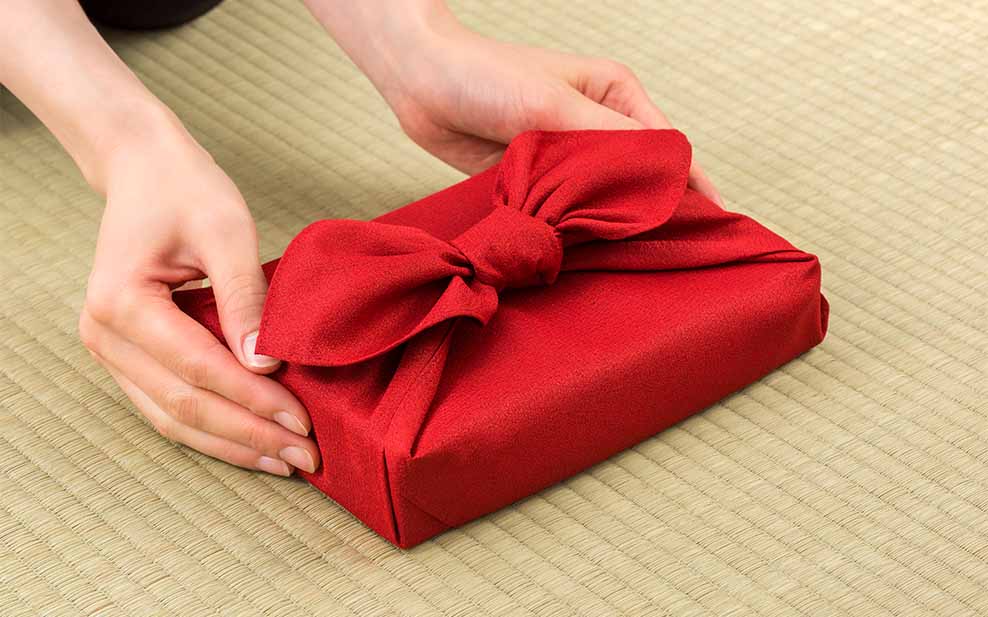
Giving and receiving Valentine’s presents in shiny new wrapping paper is lovely, until you realise how hard that wrapping paper is to recycle due to containing plastic or metal foil-based components. Luckily, there are ways you can still wrap your present without compromising on looks or the planet.
Newspaper, flower pots and even crisp (potato chip) packets can all make for surprisingly good wrapping paper alternatives. There’s also the Japanese craft of Furoshiki, which uses a square sheet of coloured fabric to wrap presents with – perfect if you’ve got a patterned tea towel that you don’t use much. Alternatively, if you buy your Valentine’s gifts from a shop that provides coloured paper bags, just skip the wrapping paper altogether and use those instead.
Take a Trip Away, at Home

As travel restrictions finally start relaxing, it may be tempting to book a romantic overseas minibreak as a Valentine’s present. But before you emit tonnes of carbon flying off to Singapore or Thailand, consider your options for a romantic trip away right here in Hong Kong.
Staycations have skyrocketed in popularity during the pandemic and Hong Kong has no shortage of luxurious hotels offering packages catering to this trend, from The Murray to the Four Seasons to the Hyatt Regency. If you’d rather seek less conventional Valentine’s accommodation however, there are also several glamping options for a romantic evening under the stars, like Mingle Farm near Yeun Long and Sai Yuen on Cheung Chau.
Before you go:
- For a list of potential pot plants for Valentine’s Day, check out this link.
Written exclusively for WELL, Magazine Asia by Thomas Gomersall

Thank you for reading this article from WELL, Magazine Asia. #LifeUnfiltered.
Connect with us on social media for daily news, competitions, and more.





